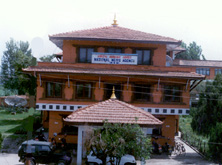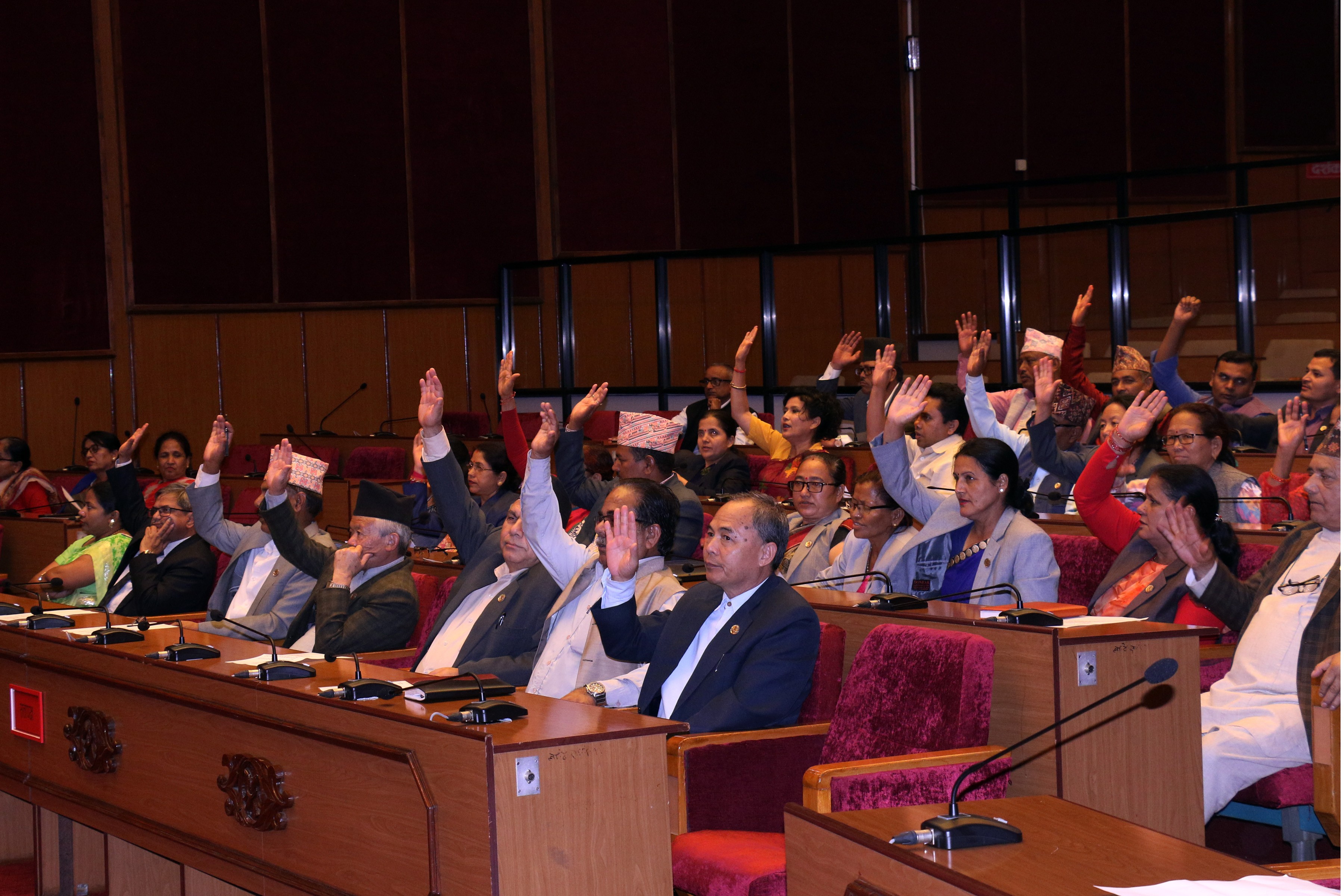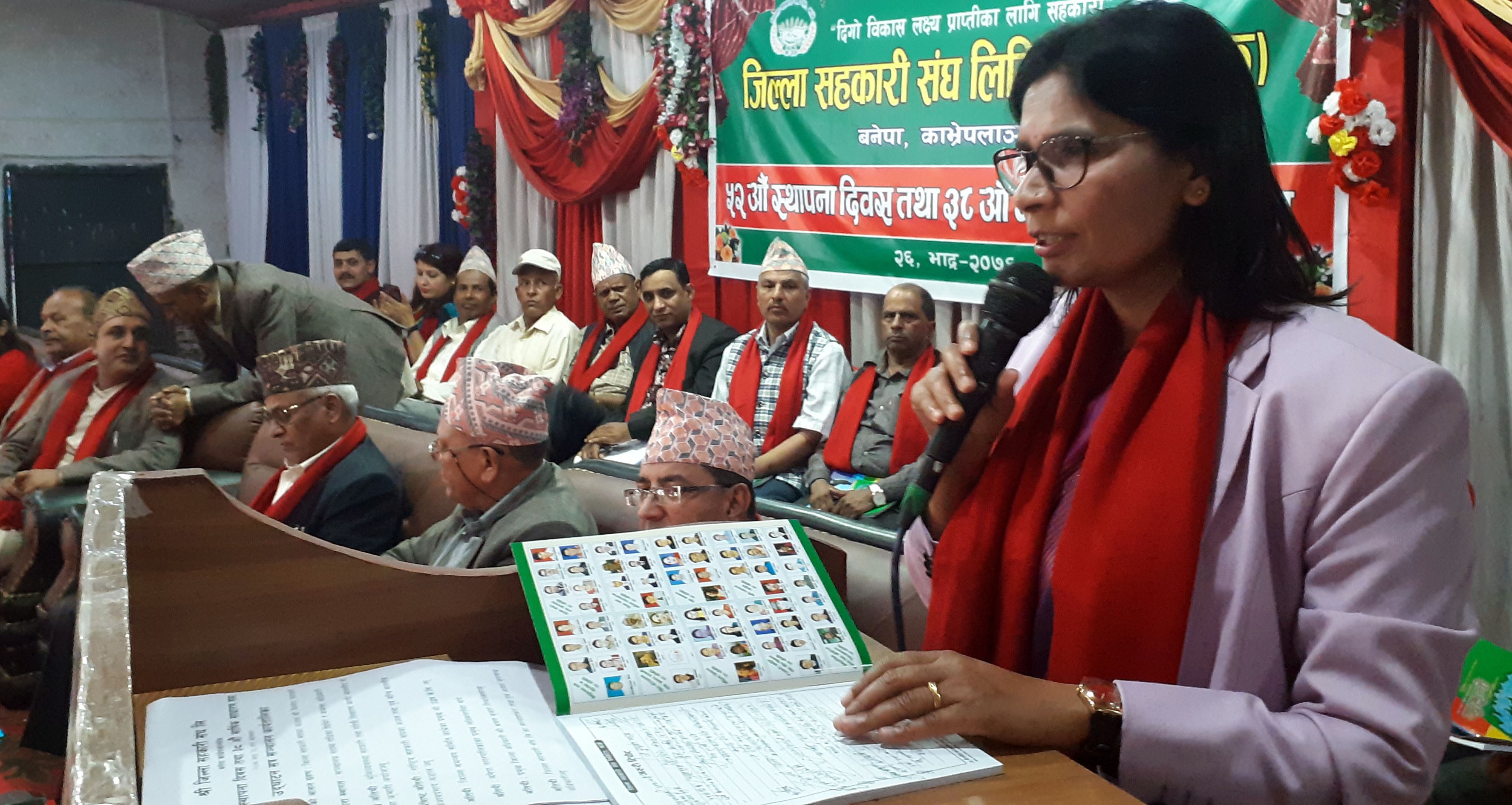Phutuk festival of Walung community commencing from today

Phungling, Oct 25 : The cultural festival, Phutuk, celebrated by the minority Walung community of Taplejung, has commenced. This cultural festival is observed for 10 days from the day of Panchami of the Kojagrat Purnima of the Hindu festival of Dashain till the new moon of the Tihar (the Hindu festival of lights), as per the lunar calendar. It formally started from today.
The Walung (Bhote) community has been residing only at Olangchunggola of Phaktanglung Rural Municipality-7, bordering China. Phutuk is the indigenous cultural festival of this community celebrated in a grand manner since ancient times.
Chheten Bhote (Walung), the Ward Chair of Olangchunggola, Phaktanglung-7, said his year they are celebrating the festival in grand manner as the risk of coronavirus infection has somewhat subsided.
According to him, the Walung community living in Olangchunggola since ancient time has been observing the festival every year.
Bhote said guests have already arrived in the village for participating in this special unique festival of the Walungs that runs for about 10 days.
The principal Lama (monk) has arrived from Darjeeling, India for performing the rituals associated with the festival as per the time-honoured tradition. At least 15 Lamas perform the rituals from the start to the conclusion of the festival. They conduct the sacraments as per the Buddhist religious customs.
Yangma Nurpu Sherpa, a local, said the Lamas (priests) perform elaborate rituals and worships from midnight each day during the festival period. Cultural and religious dances, including the 'dance of the deities', are also performed.
The sacraments are performed by making the fire offering, continuously pouring ghee and oil in fire. The Walung people believe that they will have better luck and good times if the smoke originating from this fire offering crosses the roof of the monastery.
Recent News

Do not make expressions casting dout on election: EC
14 Apr, 2022
CM Bhatta says may New Year 2079 BS inspire positive thinking
14 Apr, 2022
Three new cases, 44 recoveries in 24 hours
14 Apr, 2022
689 climbers of 84 teams so far acquire permits for climbing various peaks this spring season
14 Apr, 2022
How the rising cost of living crisis is impacting Nepal
14 Apr, 2022
US military confirms an interstellar meteor collided with Earth
14 Apr, 2022
Valneva Covid vaccine approved for use in UK
14 Apr, 2022
Chair Prachanda highlights need of unity among Maoist, Communist forces
14 Apr, 2022
Ranbir Kapoor and Alia Bhatt: Bollywood toasts star couple on wedding
14 Apr, 2022
President Bhandari confers decorations (Photo Feature)
14 Apr, 2022











